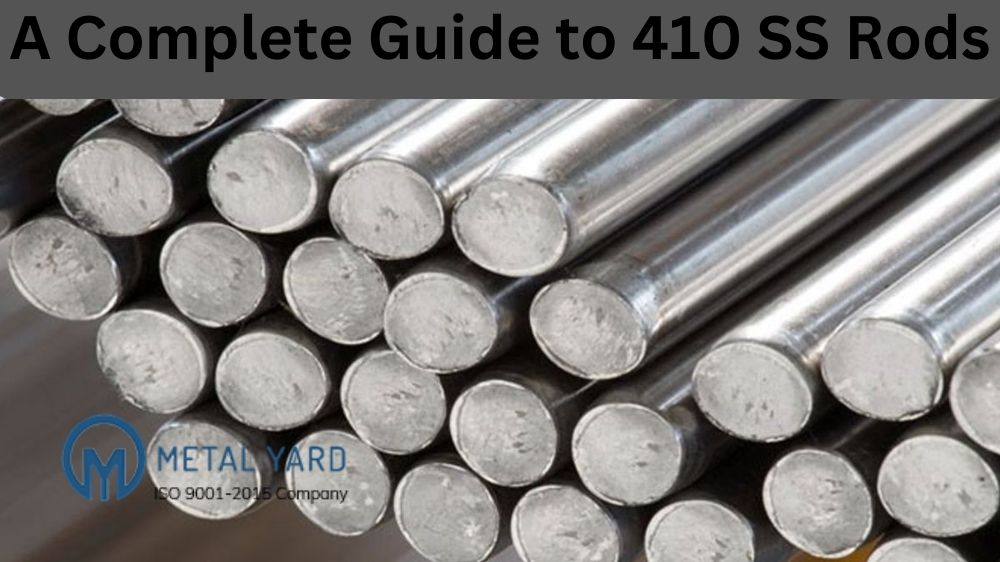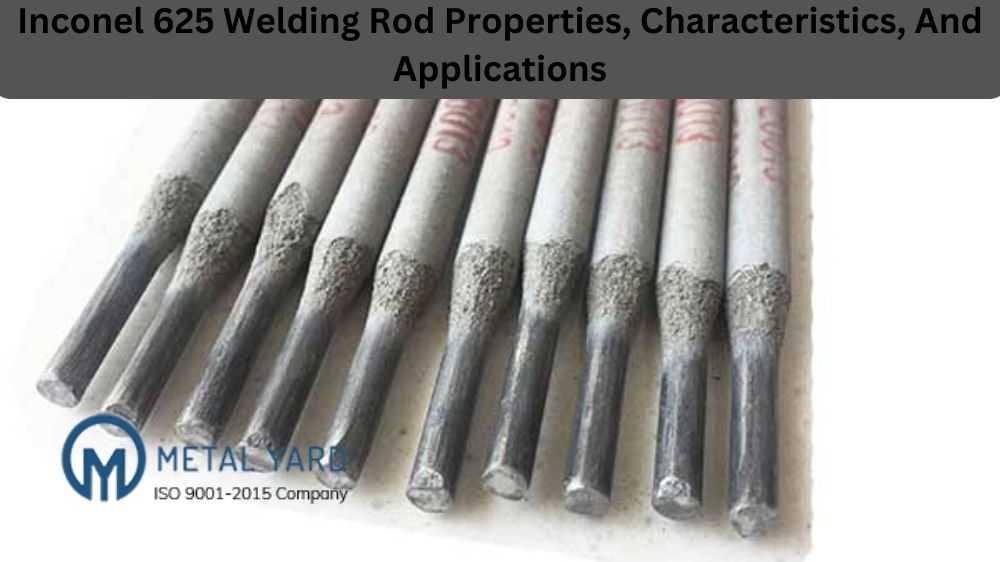There is a plethora to choose from in the world of rods, ranging from various materials, lengths, and diameters. One of the most popular types of rods in use today is the 410 SS rod. 410 Stainless Steel is a general-purpose metal that is used in a variety of applications that demand high strength, toughness, and corrosion resistance, as well as high temperatures. This blog post will discuss everything you need about 410 SS rods, from their composition to common uses and applications.
What is 410 SS Rods?
410 Stainless Steel (SS) Rods are rods made from a martensitic stainless steel alloy containing 11.5% chromium, 0.15% carbon, and other trace elements such as molybdenum and nickel. Due to their strength, hardness, and corrosion resistance properties, these rods are widely used for various fabrication applications like bolts, nuts and screws in no-load heavy conditions. The 410 SS Rods can also be hardened when heat treated using rapid quenching or cooling after heating up to a suitable temperature range. These rods can be annealed after each cold working operation to restore their original mechanical properties without altering their chemical composition. Furthermore, they exhibit excellent machinability, enabling easy cutting using various milling cutters with high accuracy results, thus making them ideal for complex design works requiring tight tolerances.
Composition
410 SS is a type of stainless steel derived from the martensitic family, primarily used for high-strength applications. It contains roughly 11.5-13% chromium, which provides the rods with excellent corrosion resistance properties. Carbon, manganese, phosphorus, sulfur, and silicon are other key components in this material that give it better overall strength and durability.
Common Uses and Applications
One of the most common uses of 410 SS rods is in manufacturing valves, pumps, and bearings. The material’s high strength and excellent corrosion resistance properties make it an ideal choice for these applications. Additionally, it is often used to produce firearms, cutlery, and surgical instruments. Because it is extremely resistant to wear and corrosion, it is a popular material for these types of products.
Welding
Welding 410 SS can be challenging, requiring a certain skill and experience. The material has a high level of thermal expansion, which can cause warping and distortion during welding. Thus, it is recommended to avoid welding the material if possible. However, preheating is generally recommended if the material needs to be welded.
Machining
Machining 410 SS is generally considered difficult due to the material’s high hardness and requires specialized tools that can withstand the high temperatures generated by the machining process. Additionally, the cutting tools used in the process must be properly sharpened and maintained to avoid wear and tear. However, despite the challenges, the high strength and durability of 410 SS make it an attractive option for many applications.
Conclusion
410 SS rods are an excellent choice for many applications that require high strength, toughness, and corrosion resistance. Its unique composition gives it excellent properties, making it an ideal option for industries ranging from manufacturing to healthcare. However, the challenges associated with welding and machining the material should be considered before selecting it for a specific application. With a little care and consideration, 410 SS rods can be an excellent choice for various industries.


